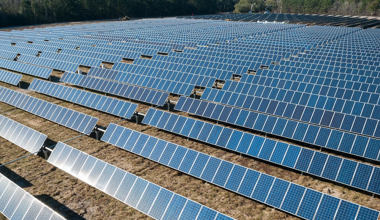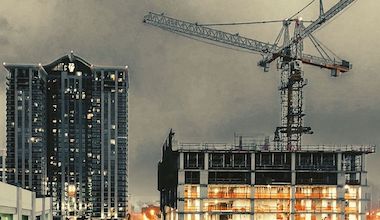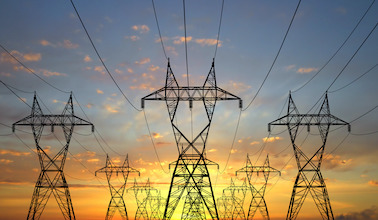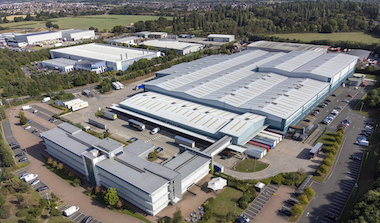
BASE STATIONS
Inspection of base stations and tower structures
Today, the use of towers for both transmitters and telephone base stations has increased significantly. The towers, which by their very nature need to be built high and have installed equipment on them in order for the signal propagation to be healthy, are installed both in and outside the city. The height of these towers starts from 40m and goes up to 80m and above. It is also encountered on the roof surfaces of buildings, especially in urban areas. Despite their different purposes, different lengths and loaded with different equipment, towers share the common characteristic of being tall.
The components on the tower are exposed to many external factors due to their height and location. Lightning, wind, snow, rain and birds can damage these structures. These components, whose purpose of establishment is uninterrupted operation, should be checked regularly. Inspection of an active and component tower takes up to 6 hours when manpower is used. At least two people are expected as staff. With transportation and other costs, the cost of tower inspection is around $65 per hour. With unmanned aerial vehicles, the cost of these inspections is reduced by exactly 50%. These controls are carried out by unmanned aerial vehicles instead of human eyes on the tower, which provides great advantages.
Our aerial vehicles and cameras capable of taking high-resolution images within our company can also thermally inspect the components on the structure with its thermal camera. Controls of the physical structure of the tower are collected as RGB and thermal controls of the components are collected as thermal images and stored for analysis.
Due to the height of the tower structures and the areas where they are located, performing inspection operations with unmanned aerial vehicles provides many advantages,
safe
fast
high precision
thermal / RGB image comparison
360 degree imaging
Planar image fusion
The most important feature of our cameras is that they can operate without getting too close thanks to their high zoom feature while taking thermal and RGB images. Thus, both the tower components and the aerial vehicle are not damaged. With high zoom, the smallest parts are magnified and examined in detail without degrading the resolution. Our aerial vehicle, which flies for 55 minutes without interruption, is examined in a short time by taking 360 RGB and thermal images and the tower and its components are examined. At the end of this review, a single planar image is created. It is reported with all data.



